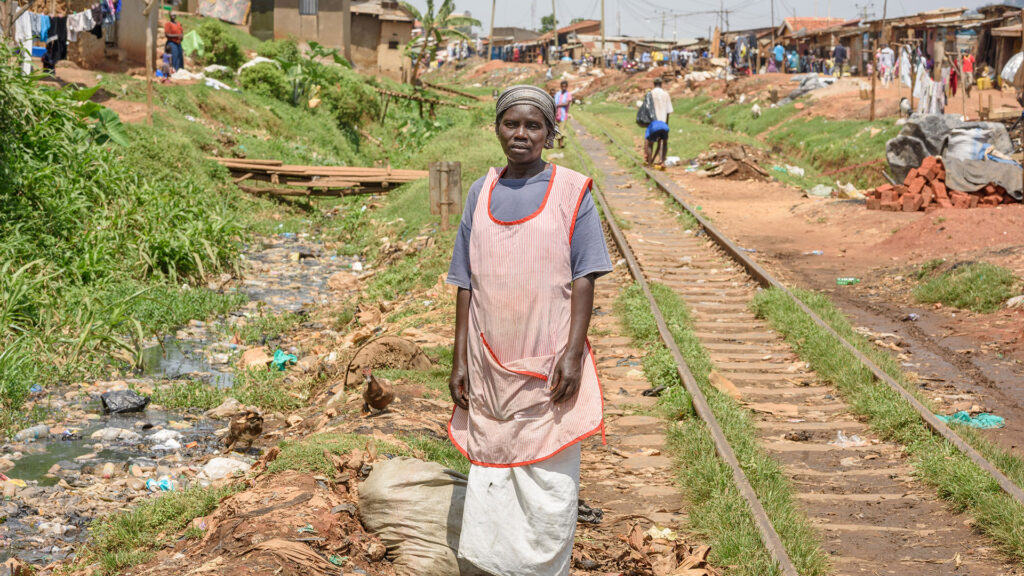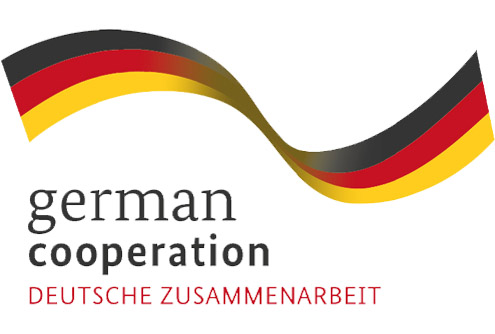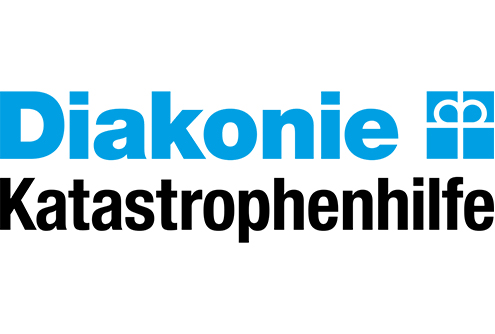Base development on community perspectives of risk
The primary aim of risk-informed development is to prepare the most vulnerable communities for future risks, take up proactive measures to mitigate risks and to build the resilience of communities and the landscapes they occupy and depend on – and do this through a process led by them.
Risk factors are part of the places in which we live, such as the environmental capacity and the ecosystem service provided. Unfortunately, risk factors are also linked to people’s actions and social, economic and psychological factors that put certain people more at risk than others.
When development is not risk-informed, communities most at risk report that far from offering progress, this so-called ‘development’ actually creates risk, increases existing risk and wipes out potential development gains. It challenges everyone involved to recognise that development choices create risk as well as opportunity.
Risk-informed development can only be achieved if the development planning process is informed by the knowledge of risk and acts to then mitigate the risk. Risk-informed development planning therefore must involve multiple stakeholders with multiple objectives and agendas so as to streamline action and decisions through coherence and collaboration.
The purpose is to arrive at documented strategic actions and mutually agreed decisions that will:
- Avoid creating complex risks through poor development choices
- Reduce complex risks by using development to reduce vulnerability and exposure, and increase resilience
- Promote iterative and constant learning to improve sustainable development and resilience
Most importantly, if development planning considers local risk from the perspective of those most at risk, its potential for positive impact on the lives, livelihoods and assets is substantially strengthened.




